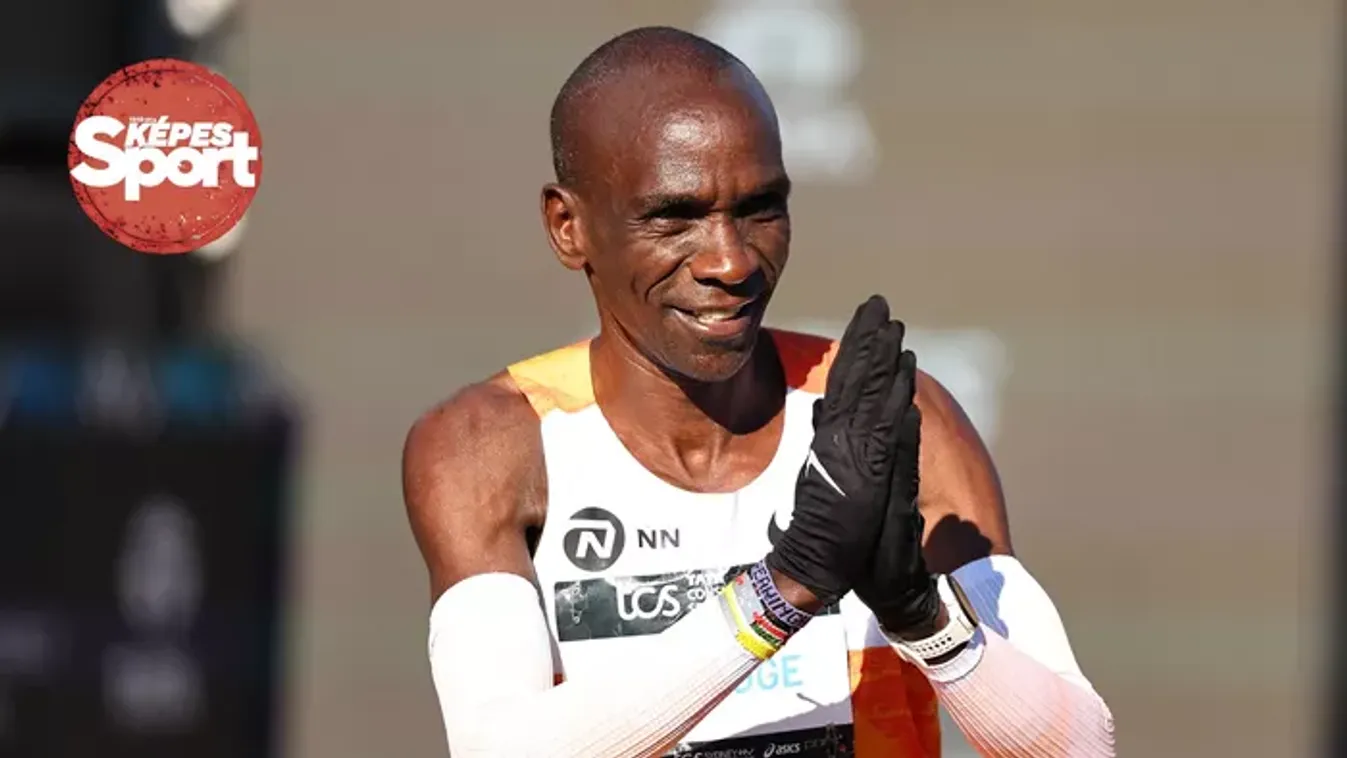A Hungarian who could play in three World Cups

József Czakó, Béla Steiner, László Raffinszky, Imre Vogl, Béla Dezső, Miklós Kovács are just a few names who played at the very first World Cup in 1930 in Uruguay. The interesting fact is that Hungary couldn't take part in this historic moment, and only four countries could represent Europe: France, Belgium, Yugoslavia, and Romania, which acquired Transylvania through the Treaty of Trianon.
After this, many Hungarian names shouldn't come as a big surprise. The selection of members for the Romanian national team was made personally by King Carol II of Romania. He guaranteed the players three months of paid leave in return for playing in the tournament. The Eastern European country was placed in the third group alongside the host and later-world-champion Uruguay and hard-nut-to-crack Peru. The 20-member Romanian squad consisted of 12 Hungarian, five Romanian and three Swabian players, who defeated the Peruvians 3–1 in their opening match. The last goal was scored by Miklós Kovács, who was the only player from the Romanian team in the first World Cup to later play in the Hungarian the “National Eleven” in 1941.
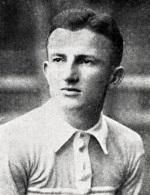
Miklós Kovács was born on December 29, 1911 in Ekés of Caras-Severin County, Transylvania. He wasn't even nine years old when his beloved village along with entire Transylvania became Romanian authority due to the Treaty of Trianon. He started his football career in 1924 at Chinezul Timisoara, then joined Banatul Timisoara in 1928. He was selected for the Romanian national team from there and played his first match on September 15, 1929 against Bulgaria which they won 3-2. He changed clubs and became the player of the famous club Ripensia Timisoara in 1930.
In July of that year, he participated in the first World Cup in Uruguay, where although the Romanians started well against the Peruvians, they had little chance against the host as they lost 4-0 and had to say goodbye to the football tournament. The final was played by the Uruguayans against the Argentines whom they defeated 4-2 and won the first World Cup.
After the tournament, Miklós Kovács (174 centimeters tall and weighs 73 kilograms), switched clubs in 1931. He transferred to Club Athletic Oradea from Ripensia. However, he continued to play for Romania and participated in the second World Cup in Italy in 1934. Although his team lost 2–1 to Czechoslovakia, Belgian referee John Langenus considered Miklós Kovács one of the best players of the match.
In 1935 Miklós Kovács joined Valenciennes in France but spent only one year at the club before returning to Oradea. However, the new period in Oradea lasted two years only because he transferred to Tricolor in Ploiesti in 1938 with which he made into division 1 and 2 of Romanian football. In the meantime, he was able to participate at the World Cup for the third time in 1938 in France. The Romanians had to play against Cuba in the knockout stages, and the result of the match was 3-3, meaning that the match had to be re-played. In the end, Cuba made it to the top 8 after defeating the Romanian national team 2-1 without Miklos Kovács. Although he didn't play in the match, the Transylvanian footballer became the first player in the world to play in three World Cups...
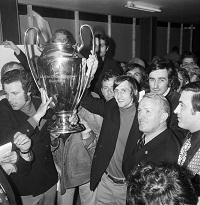
Through the Second Vienna Award, signed on 30 August 1940, the northern part of Transylvania, annexed during the Treaty of Trianon, was assigned back to Hungary. Miklós Kovács also returned home from Ploiesti, and from 1941 he returned to AC Oradea as a player. The team became the first rural team to win the Hungarian Football League. His biggest dream, however, only came true in Zurich on 16 November 1941 when he was able to wear the Hungarian national team colors in a friendly match against Switzerland. His debut in the “National Eleven” was excellent, and in the 45th minute he scored the leading goal for Hungary. Our away team finally won the match 2-1, and Nemzeti Sport of the time praised him: "The biggest surprise came from Kovács with his great game. He grew in our eyes as he played so smart, he passed good balls, he was so enthusiastic, he was so willful, he played at the front and at the back the way that we can only talk about him with the greatest appreciation."
Unfortunately, it was his first and only appearance as a Hungarian national team member.
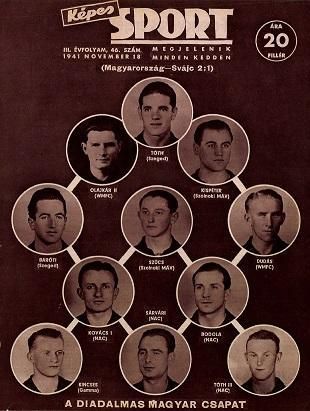
However, he was not the only Transylvanian player to play for our national team. Gyula Bodola (1912–1992) from Brasov, who played 48 times for the Romanian national team between 1931 and 1939 and scored 30 goals while he played 13 games scoring three goals between 1940 and 1948 for Hungary. Ferenc Sárvári (1916–1974), born in Oradea, played 11 times for Romania between 1939 and 1949. In the meantime, he wore the cherry red jersey seven times between 1940 and 1943 and scored three goals. Moreover, before the Second Vienna Award, on 19 May 1940, as a Romanian national football player, he was playing against Hungary on Üllői út – he didn't think he would find himself in red, white, and green by the end of the year.
The victory against Switzerland was made more difficult by the fact that the previous day lots of snow had fallen, the top froze slightly at night, making the ground very slippery. The Hungarians' success was primarily due to the players of Oradea playing modern attacking football, as the Zurich match was played by eight rural players, four of whom played for Oradea AC. It's sad that Miklos Kovács could no longer wear Hungarian jersey. He left Oradea in 1943 and continued his career as a player for Budapest Gamma FC. He remained in the capital until 1945, then returned to Romania after World War II and transferred to Silitorul in Oradea. He finished his football career there: between 1924 and 1948 he was a member of 10 clubs and scored a total of 35 goals, while between 1929 and 1938 he scored 6 goals as he was capped 37 times for Romania.
From 1948 he continued his career as a coach, first working in Covasna, then in Medias, then worked with ICO of Oradea, Politehnica Timisoara, and with the team of village Nadrag Caras-Severin County. He also led the training sessions of several teams around Timisoara until he retired in 1973. Miklós Kovács died four years later in Timisoara on 7 July 1977.
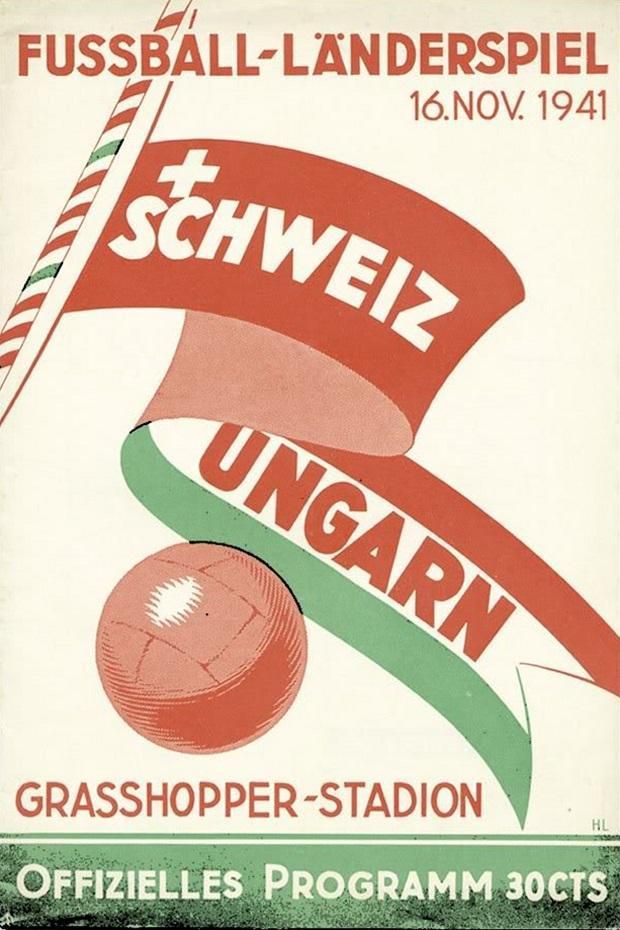
(The author of the article is dr. Zoltán Holmár, historian of Kállay Gyűjtemény that was founded in 1993 in Nyíregyháza, Hungary.)
(The article was published in Képes Sport, a Saturday supplement edition of Nemzeti Sport on January 30, 2021.)
(Translated by Vanda Orosz)

A futballisták krőzusa – sztárportré Mathieu Flaminiről

Sallói Dániel: Immár Amerika az otthonom!
